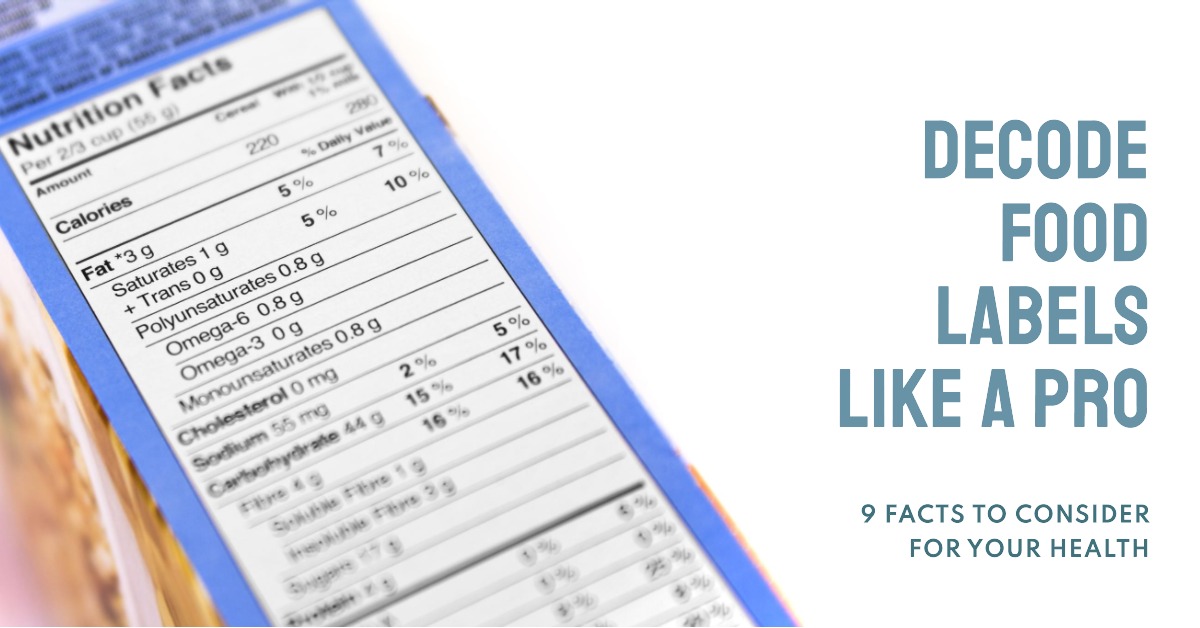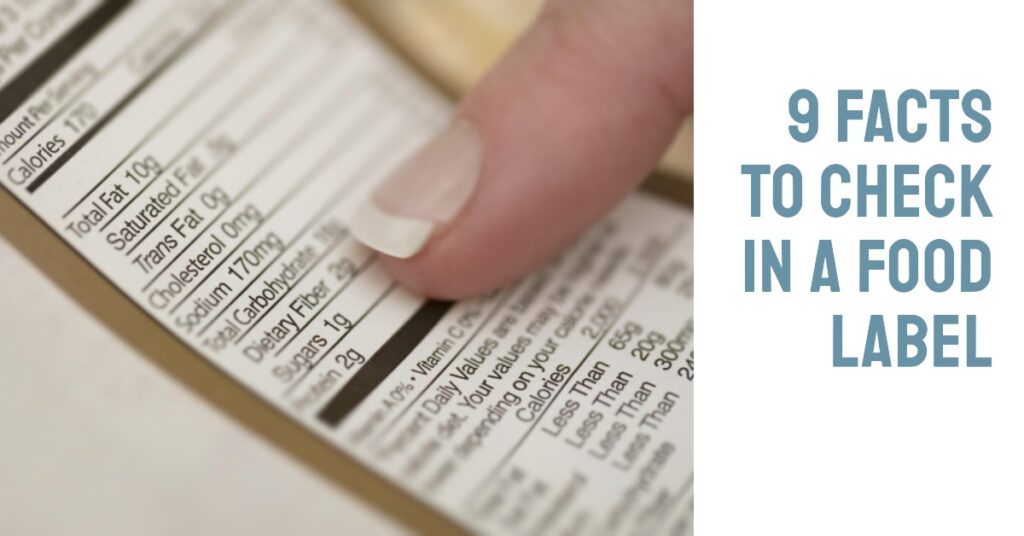
Daniel Amankwah is a fitness expert for 4EvaFit Lifestyle, personal fitness coach, personal trainer, blogger, and a motivational speaker living in Acton, Massachusetts. His affection for a healthy lifestyle has penetrated through the noise in the health, fitness industry and empowers people to create sustainable prescriptions for lasting health, happiness, and confidence.
A background as a business researcher coupled with a personal passion for fitness help brings our readership a thoughtful curation fitness guide and fitness product review. His burning desire is to share his fitness experience and offer some encouragement to anyone that is working to better themselves physically through healthy eating habits and being active.
As a visionary, his vision is a world where daily acts of self-love and care are a regular part of life.









